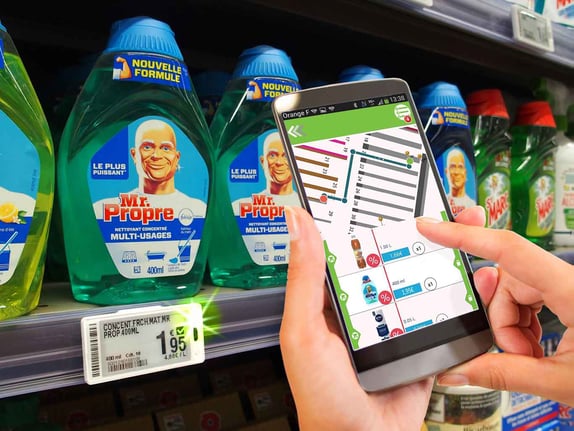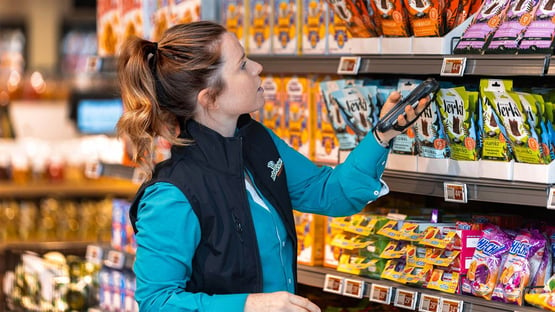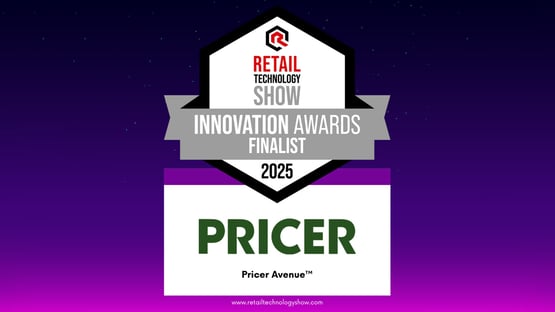To make the best decision when selecting a partner for an in-store automation and communication solution based on electronic shelf labels (ESL), it is important to ask the right questions. By carefully considering these ten aspects, you will be well-equipped to choose the right partner and invest in a solution that maximizes efficiency, accuracy, and customer satisfaction in your store. Here is a guide that will kick-start your search and ensure that you make the best possible decision.
1. In-store optimization
ESLs are valuable tools for optimizing in-store work and creating efficient processes. List use cases that would improve the employee experience and ensure the chosen supplier can enable all of these and more.
2. Scalability
Choose a flexible system that can grow with your company. Ask suppliers about the deployment process for rollouts, whether it's transitioning from a PoC store to a full chain or scaling from 500 labels to 15,000 labels. Also, consider how scaling impacts the system's performance.

3. Future-proof
If you want a solution that can adapt to your future needs, consider a platform that enables features such as geolocation and other customer experience applications on the cloud-based platform where any new features are added automatically as they are launched.
4. Compatibility
To ensure seamless integration it is crucial to ask suppliers about compatibility with your inventory management and point-of-sale systems.
5. Total cost of ownership
Ask suppliers to provide a calculation of ROI and the total cost of ownership (TCO), including aspects such as flash, battery replacement, and maintenance costs over the system's lifespan. This will help you make an informed decision about the long-term cost of the investment.

6. Compliance
Consider any specific legislation that may apply to your business and the use of ESLs. Many countries have regulations governing aspects like the accuracy of displayed prices. Check with the suppliers you are approaching so that they can provide necessary maintenance and updates.
7. Security
Data security is crucial when it comes to ESLs. Ask suppliers about their ISO 27001 certification and security protocols, including how they handle sensitive information and prevent unauthorized access to the systems.
8. Label sizes and color features
To meet the specific needs and preferences of different parts of your organization, it is important to choose the right label sizes and functionality. Conducting a proof of concept (PoC) to try out the label sizes and functionality is vital before making a final decision.

9. ESL variations
Consider the flexibility of the ESL system and whether it can handle complex messages and promotions. Look at the number of colors available and the ability to display multiple pages of data.
10. Battery
The expected battery life for digital labels is an important aspect to consider. Make sure to compare similar systems from different suppliers based on aspects such as the number of price changes, flash usage, etc. Compare the cost over the lifetime of the product, as labels that last longer will have a lower total cost of ownership.
Conclusion
In conclusion, investing in an electronic shelf label solution requires careful consideration of various aspects. By asking the right questions and evaluating the aspects above, you can make an informed decision that aligns with your business needs and objectives.
Choosing a partner who can provide reliable and secure systems, and offer scalability and future-proof solutions with real-time response is crucial. Consider the flexibility of the ESL system in handling complex messages and promotions, including the number of available colors and the ability to display multiple pages of data.
To request a calculation of the total cost of ownership (TCO) from suppliers, including factors such as flash and maintenance costs is a must. This will provide a comprehensive understanding of the long-term investment and enable you to make an informed decision.
Learn more about the total economic impact of Pricer’s ESL solution in Forrester’s TEI study and the 18-month payback period – discover how the solution drives unmatched ROI through operational efficiencies and digital store enhancements.



